Growing daisies can bring vibrant color and charm to your garden. As they are relatively easy to grow, they are ideal for both novice and seasoned gardeners to care for. Here, we’ll learn the basic knowledge and growing techniques for daisies. From types of soil to the light requirements they need, you’ll know how to provide the right conditions for plant growth. This will not only enhance your garden’s aesthetic but also attract beneficial pollinators.
Table of Contents
What Are Daisies?
Daisies belong to the Asteraceae family. Usually, they’re known for their iconic white petals surrounding a bright yellow center. These flowers thrive in various environments, from meadows to gardens, and are celebrated for their simplicity and beauty. With numerous species and cultivars, daisies come in various colors and sizes. As a symbol of innocence and purity, these flowers have also become a favorite in cultural and artistic expressions, embodying a sense of joy and renewal.
Are Daisies Perennials?
Some daisies are perennials but some are annuals. These depends on the specific species. The most common perennial daisies are from the genus Leucanthemum, such as the Shasta daisy (Leucanthemum × superbum), which returns year after year in gardens. Other varieties, like the oxeye daisy (Leucanthemum vulgare), are also perennials that thrive in various climates. However, some daisies, like the African daisy (Osteospermum), are typically grown as annuals in cooler regions but can behave as perennials in warmer areas.
Types of Daisies
Planting daisy flowers in a wide range of colors! Frequently, you can see white, yellow, red, pink, and purple ones. Each color variation brings its charm and appeal, allowing gardeners and floral enthusiasts to mix and match them for stunning visual displays.
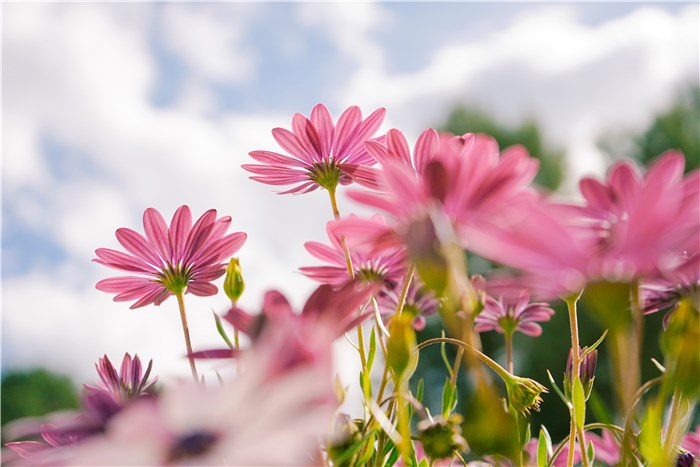
What Do Daisies Look Like - Pink Daisy Flowers
Here are the common daisy varieties:
- White Daisy flowers: White daisies include English Daisy and Blue-Eyed African Daisy. The classic English Daisy (Bellis perennis) features white petals with a yellow center, while the Blue-Eyed African Daisy (Arctotis grandis) has white petals surrounding a blue center.
- Yellow Daisies flowers: Gloriosa Daisy (Rudbeckia hirta) is known for its bright yellow flowers with dark centers, and Euryops Daisy (Euryops pectinatus) showcases vibrant yellow blooms throughout the summer.
- Pink Daisy flowers: Marguerite Daisy (Argyranthemum frutescens) offers pink flowers alongside other colors, and Livingstone Daisy (Dorotheanthus bellidiformis) can also bloom in pink.
- Red Daisy flowers: Some varieties, like the Gerbera Daisy (Gerbera spp.), can produce striking red blooms, adding a bold touch to floral arrangements.
- Purple Daisy flowers: Cape Daisy (Osteospermum) comes in shades of purple, while the Blue Marguerite Daisy (Felicia amelloides) features sky-blue petals that can appear purple.
What Time of Year Does Daisy Bloom?
Typically, daisies bloom from spring through fall. Under a good growing condition, the most prevalent blooming months should be from April to June. The specific time of daisies blooming varies from types of daisies as well. For example, Shasta daisies generally bloom from June to September. May Queen daisies start blooming as early as May, while Montauk daisies bloom closer to the end of fall. Most Shasta daisy flowers bloom from early through late summer. If it is mild in autumn or winter, daisies may continue to bloom all year round.
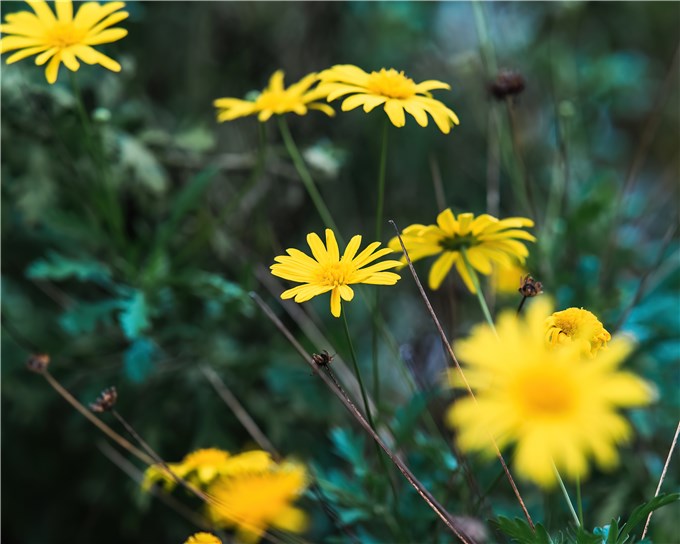
Do Daisies Bloom All Summer?
How to Care for Daisy Plants?
When growing and caring for daisies, you should create the best conditions for them. From light and soil to temperature and humidity, good daisy care is essential for their healthy plant growth and vibrant blooms.
Normally, daisies thrive in well-draining soil that is rich in organic matter. The ideal pH level is between 6.0 and 7.0. They need full sun - at least 6 hours of direct sunlight each day. Also, it’s crucial to give adequate water. As daisies are susceptible to root rot, their soil needs to remain moist but not soggy. Additionally, providing good air circulation with a ventilation system helps prevent fungal diseases. Considering these optimal conditions, you can enjoy a stunning display of daisies throughout the growing season.
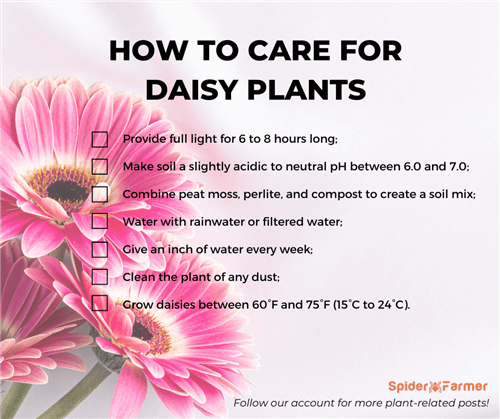
Care for Daisy Plants
What Kind of Sunlight is Needed for Daisy?
Most daisies need to thrive in full light for 6 hours. Some varieties even require longer direct sunlight. Specifically, this depends on daisy varieties. African daisies flourish in full sun for 6 - 8 hours of direct sunlight each day. Florist's daisies prefer morning sun for about six hours, with afternoon shade to prevent leaf burn, and they can grow indoors with bright indirect light, especially from north- or east-facing windows.
If you grow daisies indoors, it’s ideal to let them face south windows. Besides, LED grow lights can provide supplemental lighting, with about 14 hours of artificial light recommended. Bush daisies also need 6-8 hours of bright light daily and can benefit from south or west-facing windows. Additionally, you can rotate plants to have them receive even light exposure for all sides.
What Soil Is Needed for Dasiys?
The ideal soil is loamy or sandy, with a slightly acidic to neutral pH between 6.0 and 7.0. You can create a good potting mix by combining peat moss, perlite, and compost in equal parts to ensure moisture retention, aeration, and nutrient supply.
Also, you can enrich the soil and provide essential nutrients the soil by adding organic matter, such as compost or worm castings. Shasta daisies prefer well-amended soil that drains well. English daisies like organically rich, loamy soil that is moist and well-draining. It’s also crucial to refresh the soil seasonally to maintain nutrient-rich conditions.
What's the Daisy Need When it Comes to Water Quality?
When it comes to water quality, daisies thrive best with clean, fresh water that is free from contaminants like chlorine and heavy metals. If possible, you can use rainwater or filtered water. Daisies prefer consistently moist soil, but it's crucial to ensure proper drainage to prevent waterlogging, as they are susceptible to root rot.
As for water needs, daisies generally require about an inch of water per week. During particularly hot or dry periods, they may need more frequent watering. Typically, watering once or twice a week is sufficient. It’s helpful to Monitor the moisture level in the soil and adjust your watering schedule according to the climate.
What Temperature Can Daisies Tolerate?
Although daisies can tolerate a wide range of temperatures, they prefer to thrive in moderate climates. Typically, they like to grow between 60°F and 75°F (15°C to 24°C), but many varieties can withstand both cooler temperatures down to 20°F (-6°C) and warmer conditions up to 85°F (29°C). Nevertheless, extreme heat or prolonged cold can stress the plants, impacting their growth and flowering. For this reason, it’s essential to monitor local weather conditions and provide appropriate care, such as mulch for insulation or plant heater during cold spells or shade during intense heat.
FAQs About Growing & Caring for Daisies
Last but not least, we’ll take a closer at FAQs from Daisies growers. Benefiting from these questions, you can better understand how to care for daisies at home.
How to Keep Daisies Blooming All Summer?
To keep daisies blooming all summer, you should provide enough light. At least, they need to receive six hours of direct sun every day. If there isn’t enough light, consider supplemental light instead. Use well-draining soil enriched with compost or organic matter1. Water them moderately, allowing the top inch of soil to dry out between waterings, and apply a balanced, slow-release fertilizer in early spring. Regularly deadhead blooms by cutting the stem just above the first set of leaves or a new bud to encourage continuous flowering. Division every 2-3 years can also prevent overcrowding and rejuvenate the plants.
Should daisies be deadheaded?
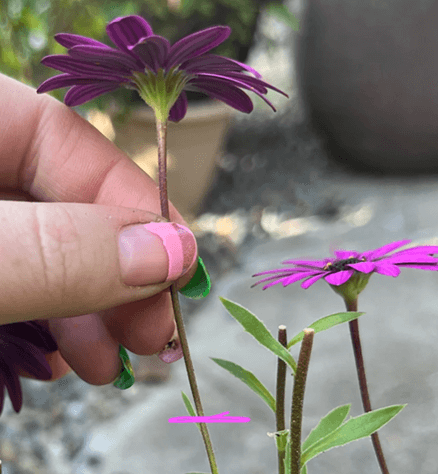
Should Daisies be Deadheaded?
Yes, daisies should be deadheaded. This will encourage them to continue to flower and extend the bloom period. Deadheading, or removing spent flower blossoms, redirects the plant’s energy from seed production to new growth and more blooms. Shasta daisies, for instance, will bloom from summer to fall if regularly deadheaded. To deadhead, cut the stem of the faded flower just above the first set of leaves or back to the base of the plant, depending on the daisy variety. Regular deadheading not only improves the plant's appearance but also promotes stronger stems and prevents self-seeding, leading to a longer blooming season and a healthier plant.
Where do you cut deadhead daisies?
To effectively deadhead daisies, you should cut the spent flowers just above the first set of healthy leaves or the nearest bud on the stem. Use clean, sharp pruning shears to make a clean cut, and be careful not to damage the surrounding foliage. Regular deadheading throughout the blooming season can help maintain the plant’s vigor and prolong its flowering period.
Conclusion
Daisies come into various types and colors. Growing daisies from seed can indeed enrich your home and garden. By understanding their specific needs - such as optimal sunlight, type of soil mix, and appropriate watering techniques - you can create an environment where these vibrant flowers can thrive.




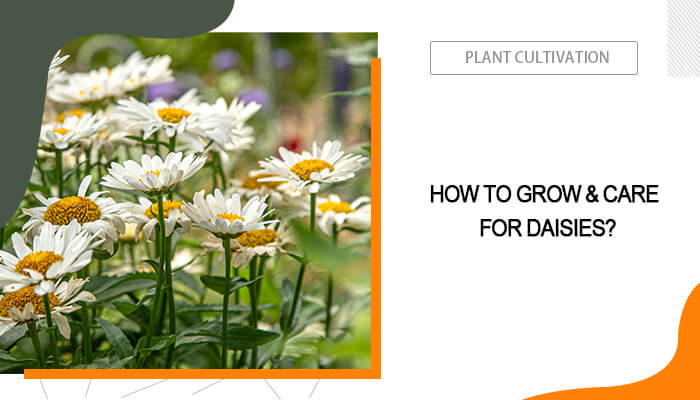


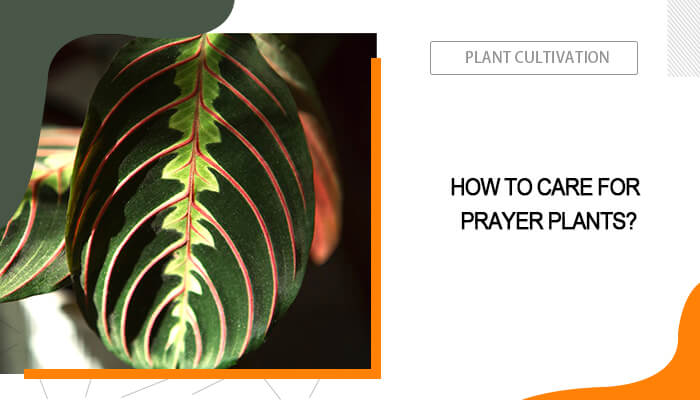


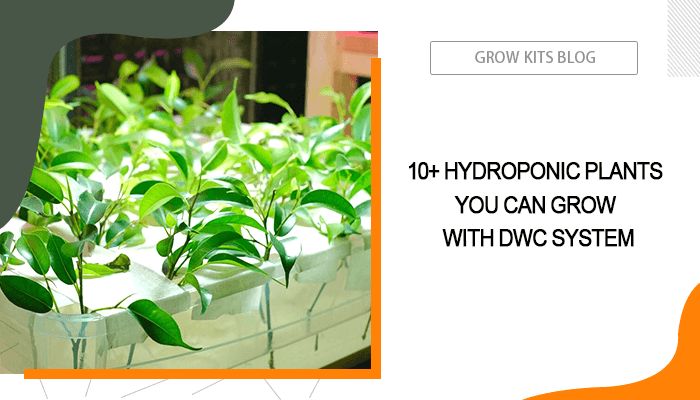



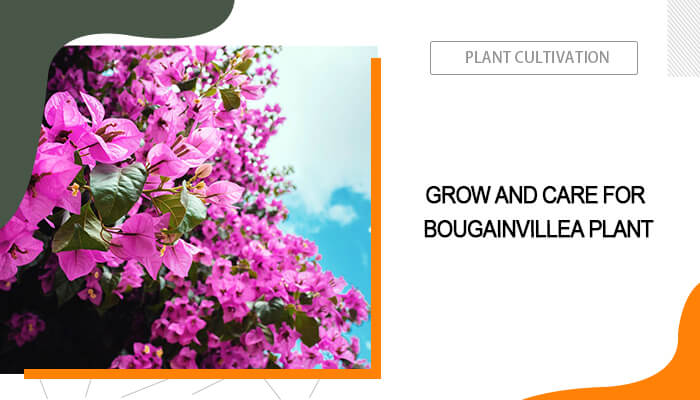
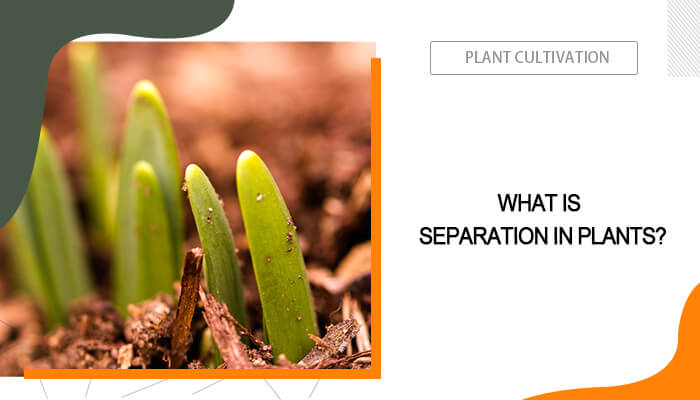
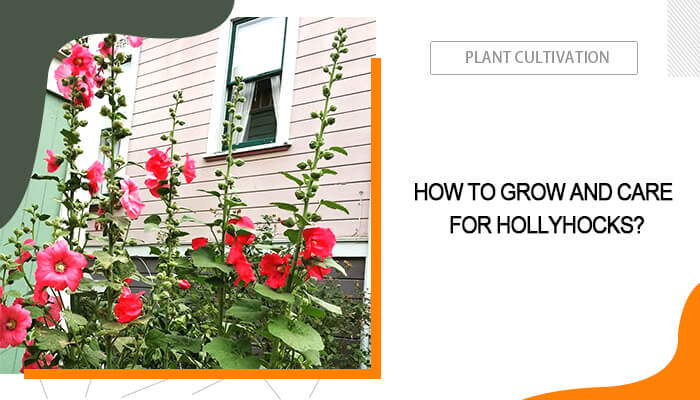


Can you recommend any other similar-looking flower? I have a small garden and I want to fill it up.